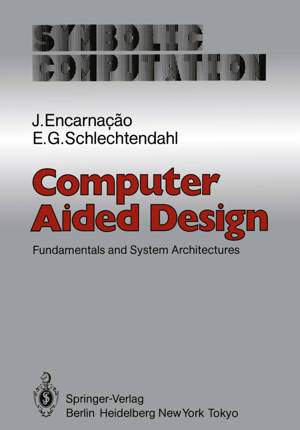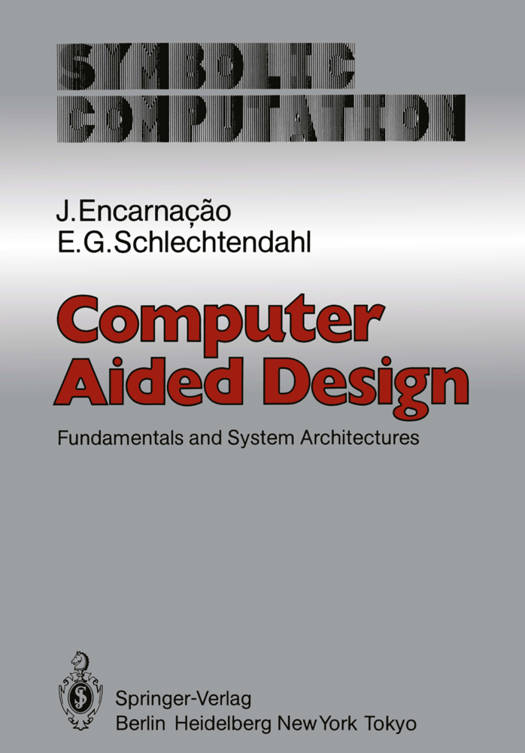
Bedankt voor het vertrouwen het afgelopen jaar! Om jou te bedanken bieden we GRATIS verzending (in België) aan op alles gedurende de hele maand januari.
- Afhalen na 1 uur in een winkel met voorraad
- In januari gratis thuislevering in België
- Ruim aanbod met 7 miljoen producten
Bedankt voor het vertrouwen het afgelopen jaar! Om jou te bedanken bieden we GRATIS verzending (in België) aan op alles gedurende de hele maand januari.
- Afhalen na 1 uur in een winkel met voorraad
- In januari gratis thuislevering in België
- Ruim aanbod met 7 miljoen producten
Zoeken
€ 118,79
+ 237 punten
Omschrijving
4 lation and optimization. These are essential constituents of the iterative process, leading to a feasible and, one hopes, optimal design. 1.3 Content of the Book In Chapter 2 we present briefly the history of CAD. The main components of CAD systems are identified, and their principal functions described. Economi- cal and interdisciplinary aspects are discussed. Chapter 3 starts with a systems analysis of the design process. The notion of a process is introduced as a fundamental tool to describe activities like design as a whole, computer-aided design, program executions, terminal sessions etc. The environment and the resources which the environment must supply for the successful execution of any process are discussed. The problem of modelling the design objects in an abstract schema and the interrelation between the schema and the planning of the individual step in the design are analysed. Chapter 4 concentrates on the interfaces among the components of a CAD system, including the human operator. The problem of mapping an abstract schema onto the capabilities of various programming, command, or data de- scription languages is described in detail. Emphasis is laid upon the resource aspect and its influence on the design of CAD systems. The concept of a CAD software machine is introduced, and rules for designing such machines are given.
Specificaties
Betrokkenen
- Auteur(s):
- Uitgeverij:
Inhoud
- Aantal bladzijden:
- 348
- Taal:
- Engels
- Reeks:
Eigenschappen
- Productcode (EAN):
- 9783642967122
- Verschijningsdatum:
- 19/01/2012
- Uitvoering:
- Paperback
- Formaat:
- Trade paperback (VS)
- Afmetingen:
- 170 mm x 244 mm
- Gewicht:
- 571 g

Alleen bij Standaard Boekhandel
+ 237 punten op je klantenkaart van Standaard Boekhandel
Beoordelingen
We publiceren alleen reviews die voldoen aan de voorwaarden voor reviews. Bekijk onze voorwaarden voor reviews.









